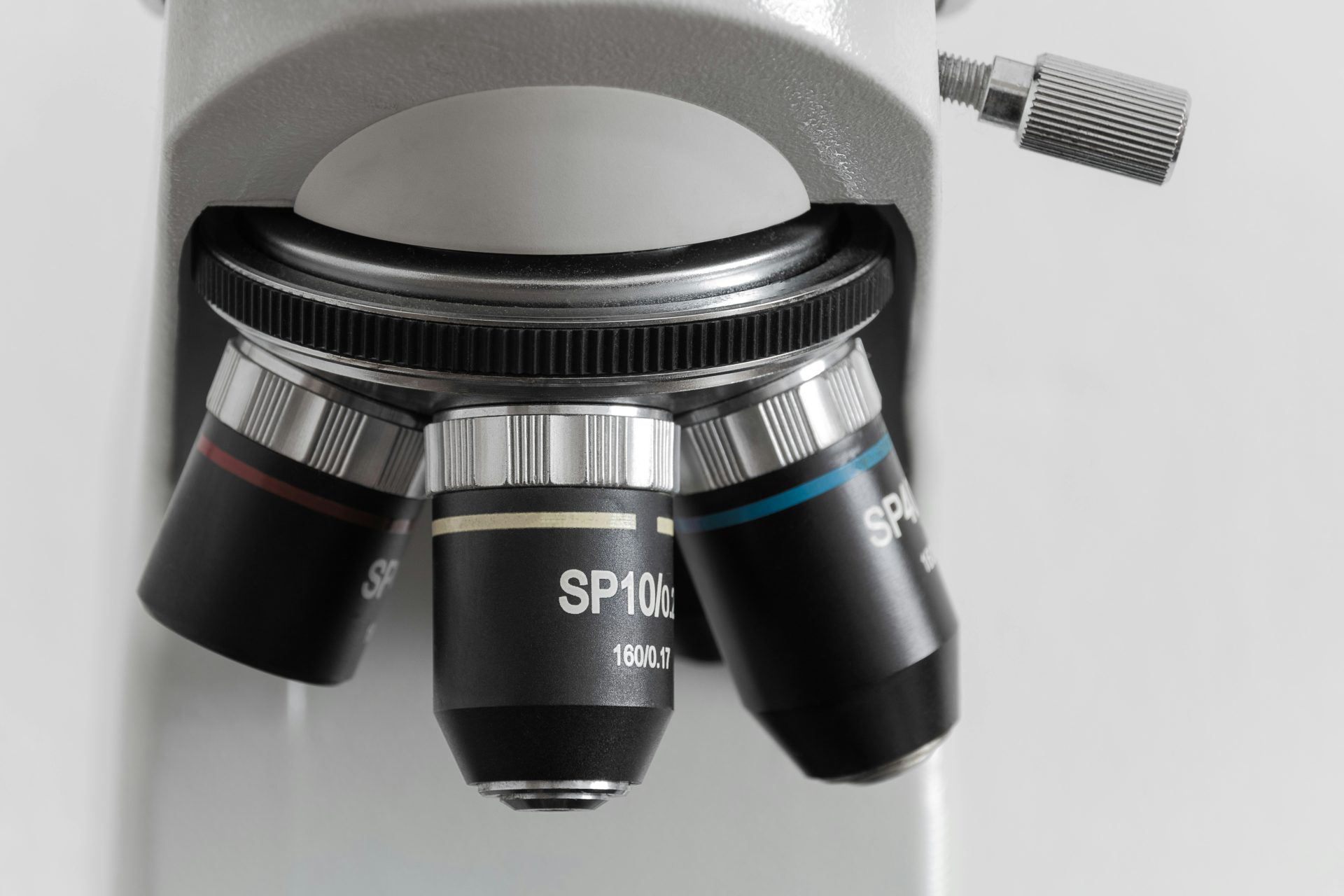Precision Starts with Temperature Control
Thermostatic incubators maintain temperatures within ±0.1°C, a level of stability that boosts colony‑forming unit (CFU) reproducibility by 35 %, according to a 2025 ASM benchmarking study.
How Thermostatic Systems Work
- PID Controllers: Proportional‑Integral‑Derivative algorithms adjust heating cycles every 200 ms.
- Dual Sensors: Redundant PT100 probes reduce catastrophic overheat events to <0.1 %.
- Forced‑Air Circulation: Fans deliver uniformity of ±0.3°C across the chamber.
Benefits for Microbial Growth
| Organism | Optimal Temp (°C) | CFU Increase vs. Non‑Thermostatic |
|---|---|---|
| E. coli | 37 | +22 % |
| Saccharomyces cerevisiae | 30 | +18 % |
| Pseudomonas aeruginosa | 35 | +27 % |
Energy Efficiency
Modern incubators consume as little as 0.9 kWh/day. Switching from legacy models can save $250 per unit annually (U.S. DOE, 2024).
Maintenance Checklist
- Weekly Wipe‑Down: Use 70 % ethanol to cut surface contamination by 92 %.
- Monthly Calibration: Verify probe accuracy with a NIST‑traceable thermometer.
- Quarterly HEPA Filter Change: Airborne CFU counts drop below 10 per m3 post‑replacement.
Conclusion
Whether you’re in 10th‑grade biology or a GMP facility, thermostatic incubators deliver the tight temperature control needed for consistent microbial growth and defensible data.


